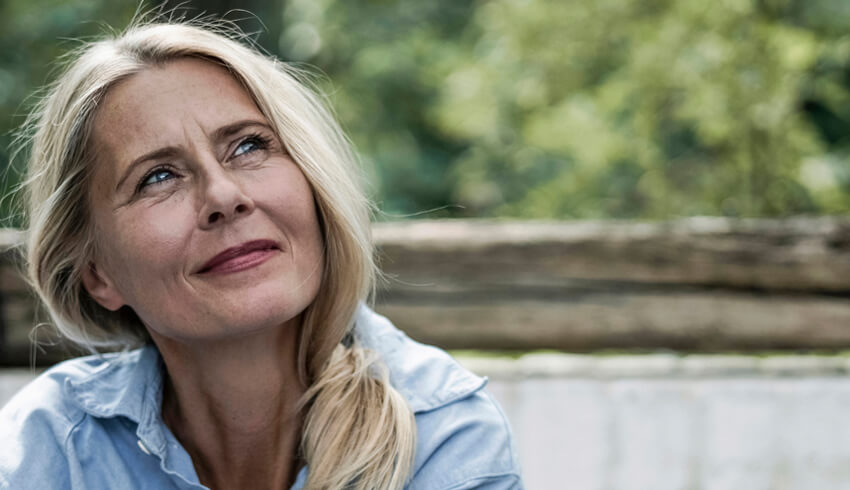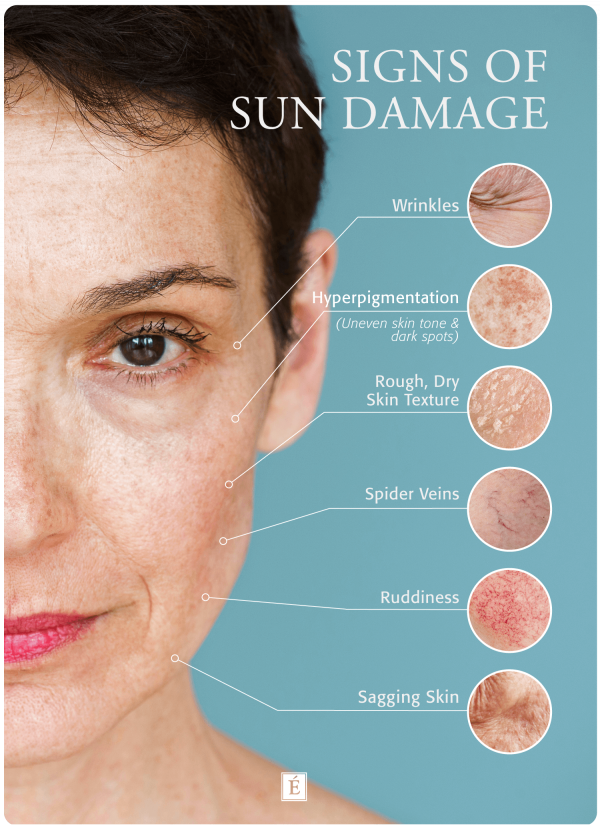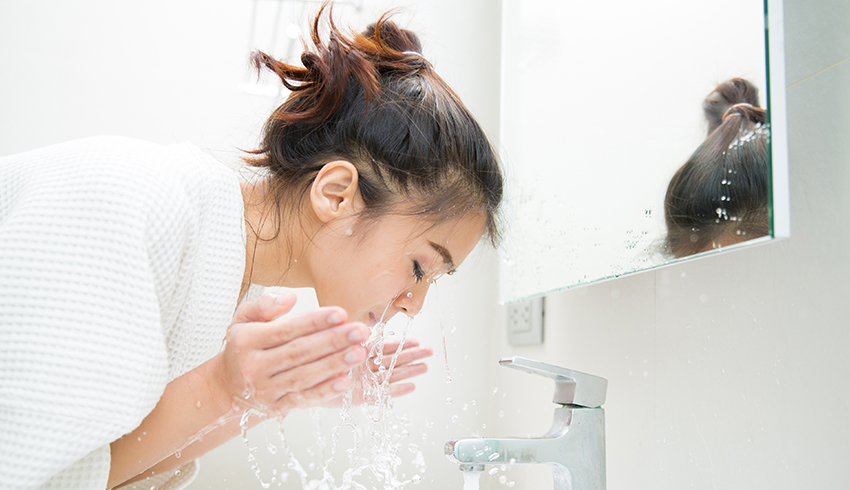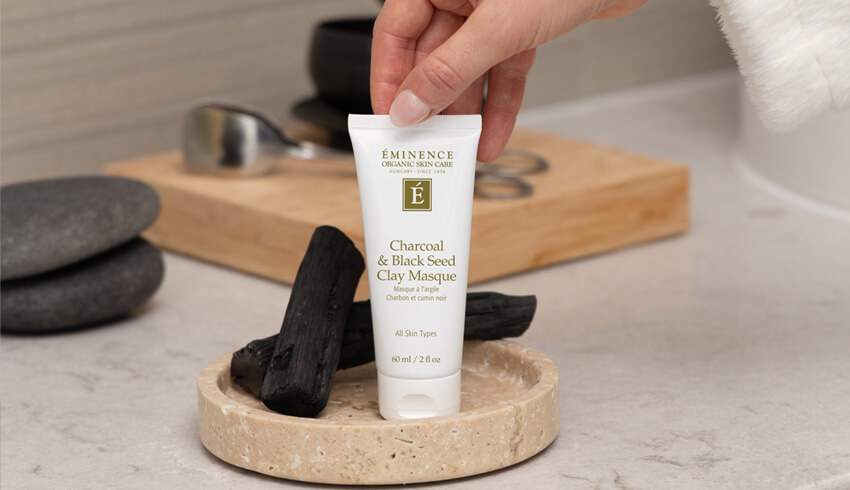
Raise your hand if you’ve hit (or passed) your 50s or 60s, and keep your hand up if you’re enjoying your decades with pride! This is an essential time to embrace the changes in your skin and refocus your skin care for a complexion that continues to radiate health and beauty. However, like all life stages, the 50s and 60s bring new challenges that may hold you back from experiencing your best skin. Here’s a quick guide to the three natural processes of the worst skin offenders and how to conquer them.
Reduced Skin Elasticity
With age comes a decline of estrogen in women which affects collagen and elastin production. As this scientific journal states, collagen is a key determinant to the preservation of skin firmness and elasticity. Collagen type I is the main collagen found in skin, representing 80% to 90% of skin collagen. It is produced by cells called fibroblasts, mainly located in the dermis, and these fibroblasts also produce elastin protein which gives the skin its ability to stretch and snap back. Without these proteins to give the skin its strength and elasticity, the skin starts to slacken and hang more loosely.
So, what exactly is to blame for this? Skin aging is a result of a combination of extrinsic and intrinsic factors that range from genetics, lifestyle choices, environmental factors, hormones and aging. Some factors that worsen and accelerate the loss of collagen and elastin production include:
- Sun exposure
- Tanning beds
- Air pollution
- Poor nutrition
- Smoking
To increase collagen, many people use topical treatments containing collagen-boosting peptides. When they reach the dermis, peptides provide the skin’s fibroblasts with the building blocks they require to create more collagen. You can also look to vitamin C and retinol products to boost collagen production.
Dry Skin
The National Institute Of Aging points out that many people suffer from dry, scaly spots on their skin later in life, often on their lower legs, elbows and lower arms. As a Today.com article explains, “Dry skin issues tend to happen as we age because the skin barrier becomes weaker and can't repair as easily. This leads to further damage and, eventually, wrinkles."
In addition, naturally occurring hyaluronic acid (HA) isn’t produced as much as in our earlier stages of life, resulting in difficulty regulating the skin's moisture. HA has been dubbed the holy grail of hydrating skin care ingredients as it's a powerful humectant (a substance used to reduce the loss of moisture) holding up to1000x its own weight in water. With age, we produce less of it, so the skin has a harder time retaining moisture. Less moisture can contribute to the development of fine lines and wrinkles on the skin.
Sun Damage
As the effects of sun exposure accumulate over the years, dark spots, texture changes and wrinkles tend to appear on the cheeks, neck, hands, shoulders and arms.

Extended exposure to the sun’s UV rays prematurely ages your skin and results in the loss of collagen and skin elasticity. Incredibly, sun exposure and sun damage can be attributed to 90% of visible aging. Wondering what do we mean by visible aging? If you’re seeing deep wrinkles and sagging skin, a ruddy complexion, hyperpigmentation such as an uneven skin tone or dark spots, and dry skin or spider veins, these are all visual signs of aging.
Mayo Clinic points out that — although genetics mainly determine skin structure and texture — sun exposure is a major cause of wrinkles. Every sunburn you've experienced has contributed to premature aging in the form of fine lines, wrinkles, sagging skin and sun spots. Nevertheless, if you didn’t protect your skin throughout your early life, it's not too late to start. When it comes to sun damage, the Skin Cancer Foundation recommends limiting your time spent in direct sunlight, wearing light, protective clothing such as a hat and sunglasses, and applying sunscreen with SPF 15 protection or higher. Also, visit your doctor to examine your skin each year. The most vital part is to take care of your skin before further damage takes place.
Watch this In The Mix video breaking down the benefits of SPF and how to apply it properly:
Because of these changes due to the passing years, the skin becomes progressively thinner, more fragile, less elastic and dry. The answer? Moisturize and improve some lifestyle habits to keep your skin hydrated and smooth. At Eminence Organics, our moisturizers deliver botanical ingredients for deep hydration, so you may find one that piques your interest. If you’re not already using skin care products for ageless beauty in your 50s and 60s, now’s the time. Read our skin care routine for your 50s or the skin care routine for your 60s and beyond here.
Which is the worst offender for your skin? Let us know in the comments below or on social media!


